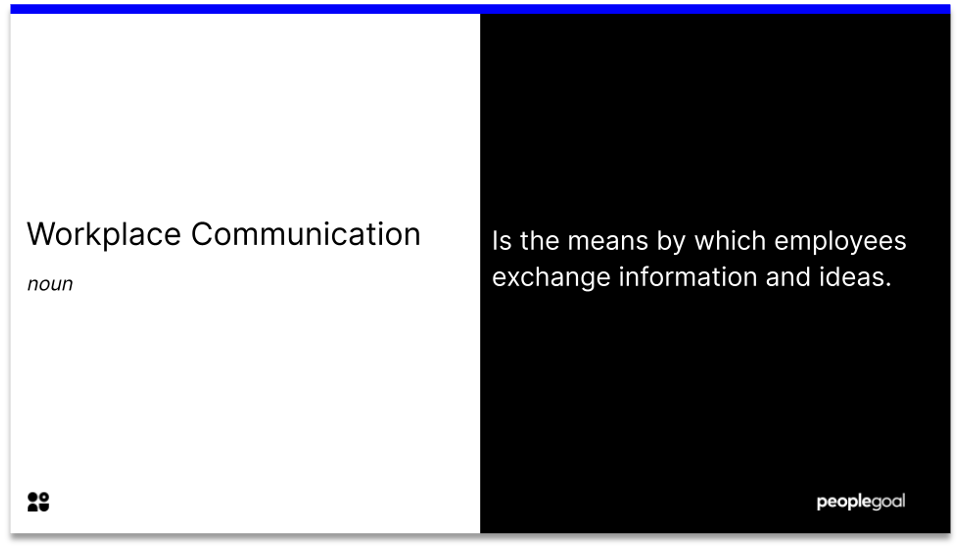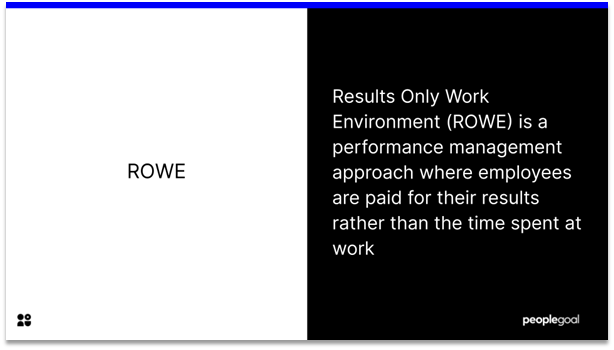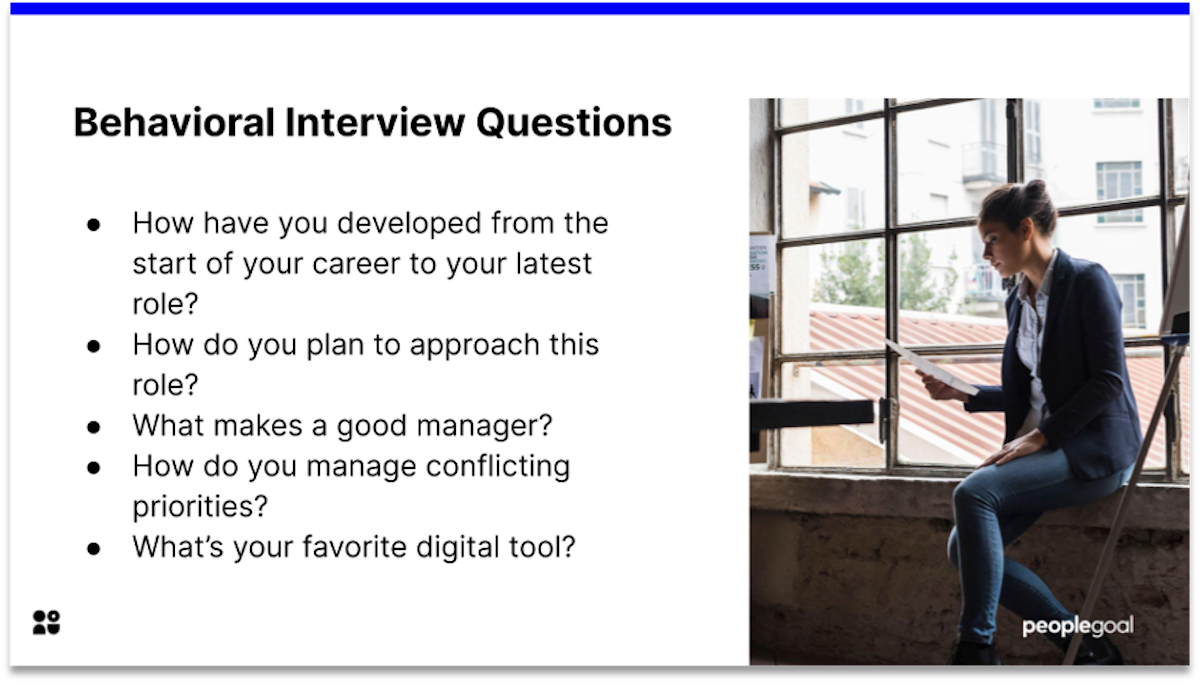Running one on one meetings with your employees is one of the most powerful secret weapons you have as a manager to engage your team members, develop important coaching skills and catch performance issues before they become critical. The one on one meeting questions format can be challenging to set up the first time, so we’ve got tips and templates for you to help you construct meaningful, actionable one to one meetings with your team.
One on one meeting questions format templates
We have a few downloadable one on one templates that cover different areas of the performance cycle, as well as ideas for thoughtful questions and development areas to cover.
How (and when) should I conduct my one on one meetings?
Be flexible! One of the greatest benefits of a one on one meeting is that it allows you to really get to know your employee and understand what makes them tick. Every individual works in different ways and is motivated by a variety of factors, so trying to create a ‘one size fits all’ one on one meeting format isn’t going to work for every member of your team.
Ask yourself:
- How often does my employee need my input on their work?
- Where does my employee do their best work? At home, in a quiet space in the office, in a shared team space?
- What are the coaching and development priorities my employee has brought up, and how can I support those?
When should I have a one on one meeting?
As above, you’ll have different frequencies for different employees. As a rule of thumb, you should be checking in at with each direct report for one hour at least once a month. There are also some key touchpoints when you should definitely be having a one to one discussion:
- Onboarding new hires: once a day for the first week, once a week for the first month, once every two weeks for the first three months.
- New starters (less than a year): At least once a month, but preferably every two weeks while they still get settled into the team culture and their job role.
- Veterans: you might think that just because they’ve been at the organization for a long time that these employees need less frequent check-ins. That’s not the case! There are always new developments to keep on top of, changes in company strategy and personal skills development. Veteran employees can run the risk of developing a fixed mindset and can stagnate in their role, so you need to make sure you’re keeping them motivated and developing.
How should I set up the one on one meeting format?
You as the manager need to be driving the one on one meeting. Reach out to your employees – show interest and proactivity. It’s all well and good to announce that you have an open door policy, but if you’re not reaching out first it can be hard for subordinates to take advantage of that. Not hearing from your employees isn’t a sign that everybody’s getting on with their work – it can be an indication that they’re not able to honestly raise issues and feel uncomfortable asking for help.
To kick it off, especially with new teams, start with an email request for a meeting. An out-of-the-blue request for a meeting can be worrying to an employee, so make sure you’re communicating the reasons for setting up a one to one and that they’ll be a regular conversation going forward. Make sure you’re also not singling out certain individuals, and make this a team-wide initiative.
We’ve got some email examples and meeting format templates to to get you started.
What should my one to one meeting questions format be?
Again, this depends on the employee you’re mentoring and the relationship you have, but generally keep in mind that a one to one meeting is personal, not project or status focused. You are discussing work of course, but frame the meeting questions in the context of employee wellbeing, coaching and development. Checking in on objectives is important, and hone in one why an objective is going off track rather than just asking for a status report.
We’ve got more details on how to run an effective one to one discussion here.

Tips for effective one on one meetings
- Be respectful of time. Book enough time with your employee to cover deeper issues without distractions. Don’t be checking your phone or email in your meeting – it’s even better if you can go offsite and get out of the regular office environment.
- Reschedule, don’t cancel. Try as much as possible to honour the original meeting time, but if urgent priorities do come up make sure to reschedule your one on one, not cancel. Besides the time an employee takes to prepare for the meeting, taking the meeting seriously shows that you prioritize your team members’ wellbeing and care about their development.
- Engage remote workers. Regular check-ins are even more important for a remote workforce as you miss the small, day to day interactions that flag up to a good manager when something isn’t right.
- Assume positive intent. In a busy, often stressful work environment, it’s easy to feel overwhelmed and not quite understand why things aren’t getting done. A helpful attitude to take is to always assume positive intent – very rarely is someone deliberately out to cause trouble or not fulfil their obligations. Oftentimes it’s just a case of a message lost in translation, and if you assume a positive intent from your employee it’s much easier to see the common ground.
- Take notes. It’s easy to think you’ll remember everything you need to complete, and you get to the next one to one meeting and realize you’ve forgotten an important action. Nothing is more demotivating to an employee than a manager who doesn’t care about their progress. Make sure you’re noting everything you both agree to, and proactively follow up on those actions.
The one on one meeting) is one of the most valuable tools you have as a manager. Be flexible in your approach and get the one on one meeting questions format right for each individual, and you’ll be well on your way to motivating a productive, happy and engaged team around you.
Ready to 3x Your Teams' Performance?
Use the best performance management software to align goals, track progress, and boost employee engagement.





